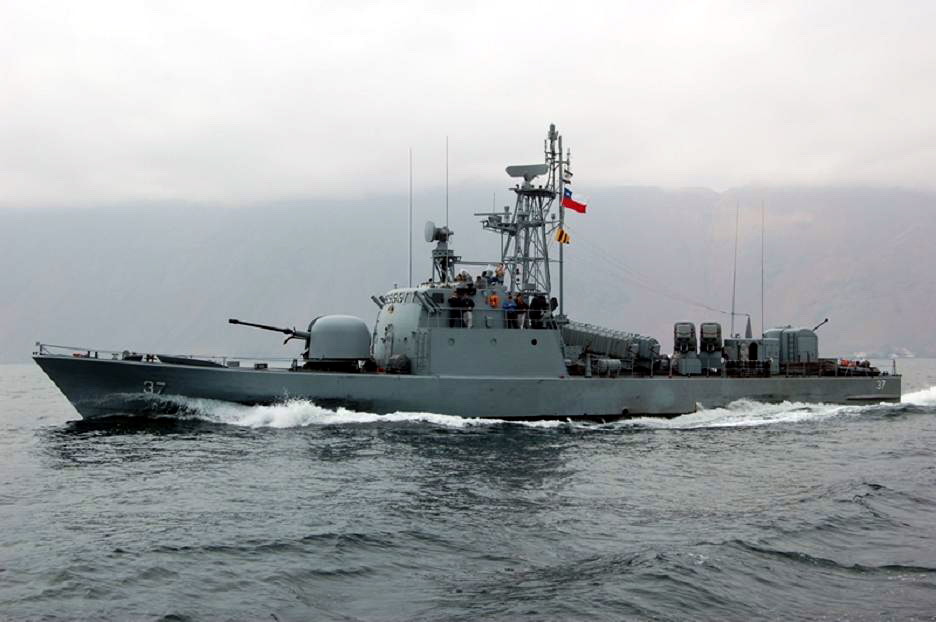1. Surveillance and Patrols: Regular patrols and surveillance operations along coastlines help detect and deter small boat activities [[1](https://en.wikipedia.org/wiki/Naval_tactics)].
2. Naval Blockades: Implementing naval blockades can restrict the movement of small boats and prevent unauthorized access to certain areas, adding an additional layer of defense [[2](https://www.britannica.com/topic/naval-warfare/Tactics-in-the-modern-era)].
3. Use of Fast Attack Craft (FAC): Employing fast and agile vessels, such as Fast Attack Craft, allows naval forces to respond quickly to small boat threats, intercepting and neutralizing them efficiently.
4. Amphibious Warfare Tactics: Utilizing naval ships to project power onto hostile shores can deter small boat invasions. Amphibious warfare strategies involve a combination of naval, air, and ground forces working cohesively to defend against threats [3](https://en.wikipedia.org/wiki/Amphibious_warfare)].
5. Coastal Defense Systems: Implementing sophisticated coastal defense systems, including sensors, radar, and anti-small boat weapons, enhances the ability to identify and engage potential threats.
6. Collaboration with Intelligence Agencies: Information sharing with intelligence agencies helps gather advance knowledge about potential small boat threats, enabling proactive countermeasures.
These strategies collectively contribute to a comprehensive defense against small boat invasions, safeguarding coastal regions and critical maritime assets.
























